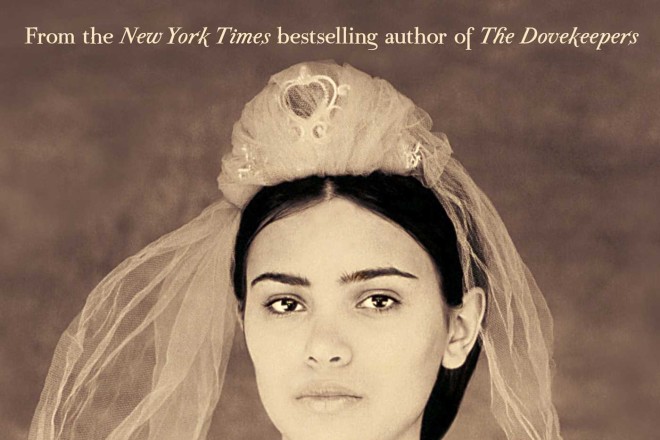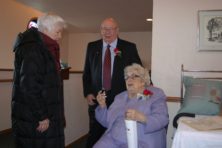Book Review: ‘The Marriage of Opposites’
- Share
- Tweet
- Pin
- Share

The title of Alice Hoffman’s latest novel, The Marriage of Opposites, refers not only to the union of the central characters in the story, but to other marriages as well that occur in her tale. “The course of true love never did run smooth,” Shakespeare wrote in A Midsummer Night’s Dream, and when issues of class, race and religion are thrown into the mix, the pathway to romance becomes especially bumpy in this novel.
I came late to the writings of Hoffman, author of more than 30 novels (often bestsellers and occasion adaptations for films), first reading a used book sale copy of Blackbird House, a slim collection of stories chronologically set over a period of time and connected by the setting of a single house, and then her most recent best-selling novels, The Dovekeepers and The Museum of Extraordinary Things.
Hoffman is a skilled writer of leisurely-told tales that richly evoke settings and imaginatively depict characters while sustaining an enveloping tone. The Marriage of Opposites is not interconnected with the two preceding novels, but all three are based on historical incidents in Jewish history and imagine the lives of actual characters as well as the fictional people around them, all with a touch of magical realism.
Rachel Pizzarro, the central character in Marriage, is a young girl who had been born in 1795 on the island of St. Thomas and as the story begins, agrees to an arranged marriage with an older widower who has children, the union intended to improve her father’s business. However, a psychic friend tells her that she will eventually marry for love, but once more a marriage of opposites occurs. At the novel’s conclusion, the Civil War in the United States has ended and Rachel, who is now the matriarch of her family, brings the last of the civil conflicts in her own extended family to a resolution.
The history of a family, as well as that of nations, tends to repeat events and Rachel’s has seen turbulence between mothers and their children, in marriages for passion countering societal expectations, and from careers that defy parental goals. The earthy tropical paradise of St. Thomas is a foil to the cool sophistication of France, the treacherous journey across the ocean metaphorical as well as literal.
Hoffman’s story is a generational saga and like the family histories of us all, is populated not only with heroes, like Rachel’s son Camille Pissarro, the impressionistic painter (who changed the spelling of his name in 1882), but black sheep, like her foster brother Aaron Rodrigues. Family secrets are revealed, such as Aaron’s parentage, and others are to be inferred, such as Rachel’s biological relationship with her best friend Jestine.
Jewish traditions provide a backdrop for this narrative with unflinchingly honest depictions of destructive as well as laudable cultural values of the time, each adding to the color of the novel. Although Rachel is the primary narrator, chapters occasionally offer the point of view of other characters, too.
Readers will find The Marriage of Opposites a good selection for winter reading when life slows and thoughts turn toward warmer climates.
The Marriage of Opposites by Alice Hoffman / 362 pages, Simon & Schuster, 2015

